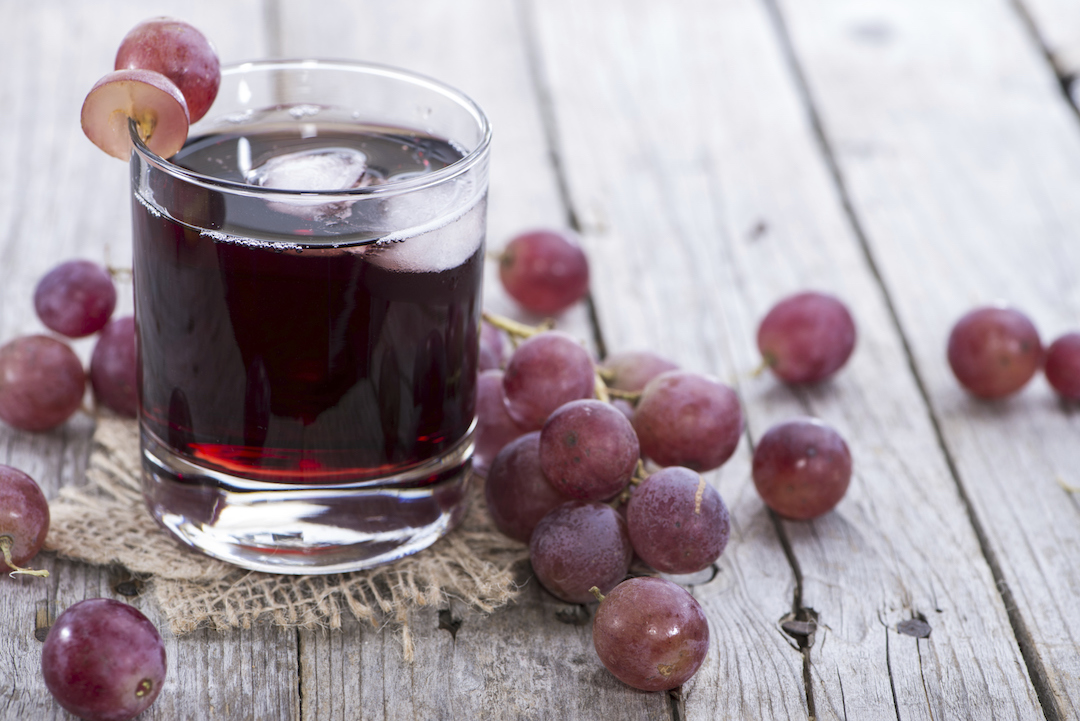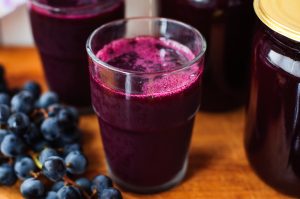It is widely promoted that consuming a moderate quantity of wine per day offers several health benefits. But, have you heard about the advantages of consuming whole grape juice?
Just like wine, this beverage, which can be consumed by everyone, with no age restriction, possesses properties that are beneficial to our body.
Readily available in supermarkets, the whole grape juice pleases the majority of consumers, and can be a delicious option to fight cardiovascular diseases, reduce tiredness and support weight loss.
In view of this, we have prepared this material so that you know everything about whole grape juice and understand how it can offer benefits for your day to day. Check out!
Wine and whole grape juice: understand the similarities
The legend that a glass of wine is good for the heart could not be truer. That is because red wine is rich in flavonoids and fenolic compounds, which grants it a potent antioxidant and anti-inflammatory capability.
Antioxidants act to prevent atherosclerosis (formation of fat plaques in the arteries), reduce “bad cholesterol” (LDL), reduce blood pressure and improve function of blood vessels.
Similarly, whole grape juice is as rich in antioxidants as wine, since the fenolic compounds responsible for so many benefits to the health are present in the peel/skin of dark grapes.
Health benefits of whole grape juice
Whole grape juice (just like grape itself and the vines’ leaves) is an stimulant of hepatic (liver) functions, being used as the basis for the formulation of drugs for liver diseases.
Since it fights blood acidity, this beverage is recommended for people who have issues related to excessive meat consumption. Grape juice is a natural digestive stimulant, because it accelerates metabolism and eliminates uric acid from the body.
It also helps to restore the acid-alcaline balance of the body functions, a necessary activity for the constant and prolongued energy supply. Resveratrol, an antioxidant present in the skin of red grapes, has the capacity to activate a group of proteins in our bodies responsible for repairing cells, thus preventing aging.
It is important, however, to distinguish whole grape juice from box grape juice. Although a glass from a box grape juice has around 70 kcal versus 120kcal of the whole grape juice, the first one contains several food additives and preservatives that can slower down the metabolism.
It is evident: only the whole grape juice is capable of offering all of the health benefits mentioned above, because it has the real grape nectar (and most of the whole juices available on the market do not have sugar addition).
Brazilians’ increased preference for grape juice
Given all of the health advantages offered and the absence of alcohol, the consumption of whole grape juice has skyrocketed over the past 5 years, with the beverage production increasing more than 100%.
Part of this process is largely due to grape juice’s nutritional value and health benefits that have been scientifically proven. The high quality of the grapes cultivated for juice making, and the consequent enhancement of color, density and flavor of the grape juice has also helped to increase consumption in recent years.
Whole grape juice is a universal beverage, since practically anyone can drink it and take advantage of its benefits. Now that you know how to best enjoy this grape nectar, start to include this healthy option in your life today!



